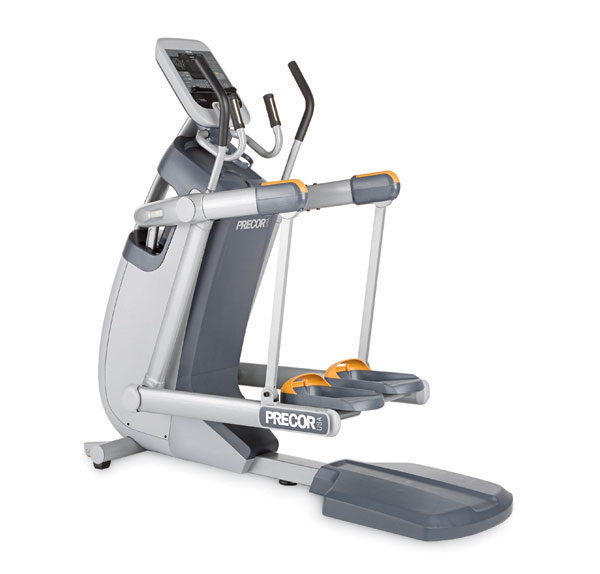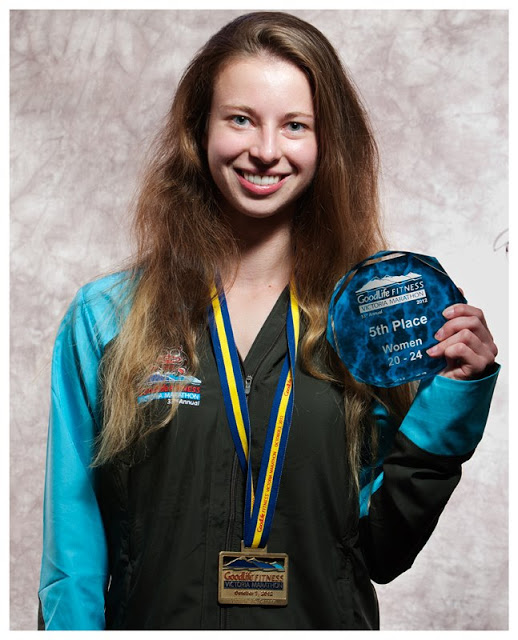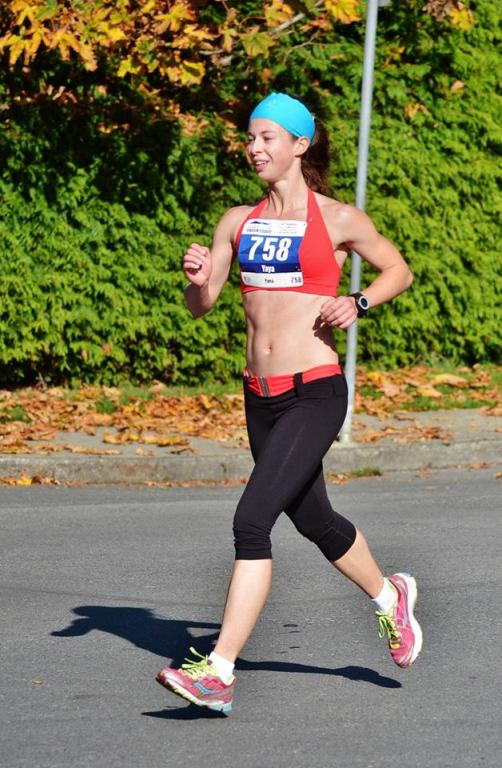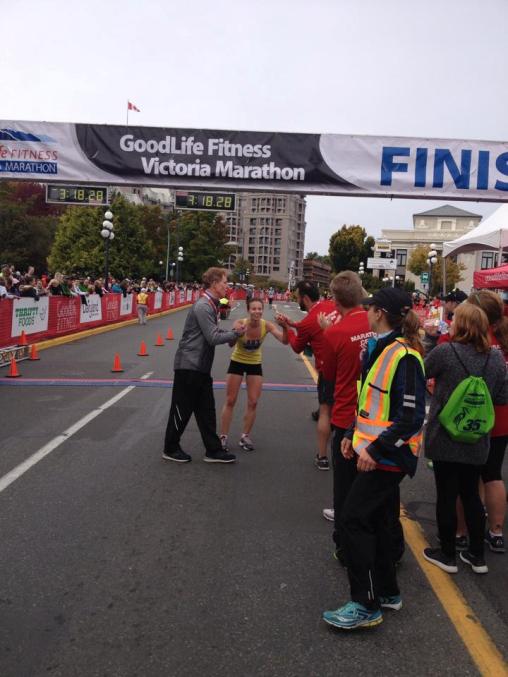Just a little over 3 years ago, when I had to completely restart my training, I had no idea that I would qualify for the Boston Marathon on my first attempt at the distance, let alone go on to do it 4 more times.
About 4 years ago, I couldn’t even run one block. Even though I did extremely well in track and field and cross country running in high school, my foot injury took away my opportunity to continue the upward trajectory as a university runner. As a result of my injury, I was unable to try out for the university track/cross country running team.
I took about 2 years off running (and other forms of exercise) because ultimately, everything hurt whenever I tried to. Being a student at the time, I couldn’t afford physio or chiropractic services. Therefore, my recovery took much longer. The foot injury and the time off created muscle imbalances and misalignments that made exercise rather difficult. My aerobic fitness was practically non-existent at the time. “Use it or lose it”.
Clearly, I had to completely rethink how I was training if I ever wanted to get back into it again. At that point, I’ve come to the realization that I need to develop a safe beginner running program and be patient with myself.
So, I studied… I researched and took personal training courses that would help me get back to what I loved doing the most.
For the first little while, in any given week, I did 10% “running” (which was more like a slow jog) and 90% cross training and strength training. The purpose of cross training using an elliptical trainer was to redevelop my aerobic fitness with minimal impact.
Above: I spent A LOT of time on one of these. Probably more than some people would think is required.
Meanwhile, my strength training routine consisted of exercises that would help improve muscle balance around the joints and core stability in order to help minimize the risk of future injuries.
It took me several months before I was able to run a 10k again without feeling pain in my foot. Then, when I did it, it took me 1 hour and 30 minutes. That pace was definitely not Boston Marathon material.
However, deep down, I had this huge desire to run a marathon. More specifically, the Boston Marathon. The marathon was more than 4x the distance I was capable of running but I really, really wanted to do it.
Then, about a year or so after my 1:30 10k, I made a breakthrough and ran the TC10k in 43:xx. During that process, I designed and tested many 10k programs, all of which have contributed to my improvement.
That sub-45 min 10k gave me the confidence to sign up for my first marathon. However, I recommend that you run a half marathon before signing up for a marathon. I skipped the half and went right to the 42.2km.
Knowing that that 10k was the longest distance I’ve ever ran, I knew that at least 4 months of training was required if I were to run 42.2km. I also knew that if I’m not careful, then I would be right back where I started.
My “first-timer marathon” program was very conservative. It was designed with no specific goal other than “get to the finish line uninjured.” At that point, that was my only goal.
Since a lot can happen during your first marathon, I know it’s better not to put additional time goal pressure on yourself. Right from the start, I decided to relax, have fun and take it easy.
When I finished my first marathon back in October 2012, I surprised myself with a 3:28. That was about 7 minutes faster than what was required for me to qualify for the Boston Marathon.
Above: Victoria Marathon 2012, my first time…I even placed top 5 in my age group 🙂 Photo by IMS FotoGrafix
With the newfound confidence, I signed up for another marathon, about 6 months after doing my first one. I became addicted to trying to achieve a better time. Qualifying for Boston on my first try wasn’t enough. I wanted more, so I decided not to go to Boston until I get a better time in order to be in a better spot at the start line.
Sadly, my 2nd marathon didn’t go as planned and I ended up with a 3:31. As I crossed the finish line, I wasn’t sure if I would do another one. However, after recovering, I realized that I should sign up for another one to try to beat my time again.
After changing the training program again, I began to see progress. My 5k, 10k and half marathon times improved significantly.
Above: Victoria Marathon 2013…finish time 3:25:xx
The following was my marathon progress after the 3:31 finish: 3:25, 3:23, and most recently, 3:18. To qualify for Boston, I needed a time under 3:35. Each of my marathon attempts had their own sets of challenges, except the most recent one. That one felt pretty good for the most part. The challenges I’m referring to include: finances, school, being sick during a race, etc.
Above: Finishing the most recent marathon with a New PB of 3:18.
At this point, I’ve decided that there is no better time to go to the Boston Marathon than 2015. I feel very fortunate to be going and I’m hoping all goes well. My goal is to get sub 3:10 because I believe it would be an amazing experience to get a personal best crossing the most famous finish line in the world.
Above: Redeveloped muscle definition. Photo by Armando Tura.
I will keep you updated on my progress. Training is, once again, different.




